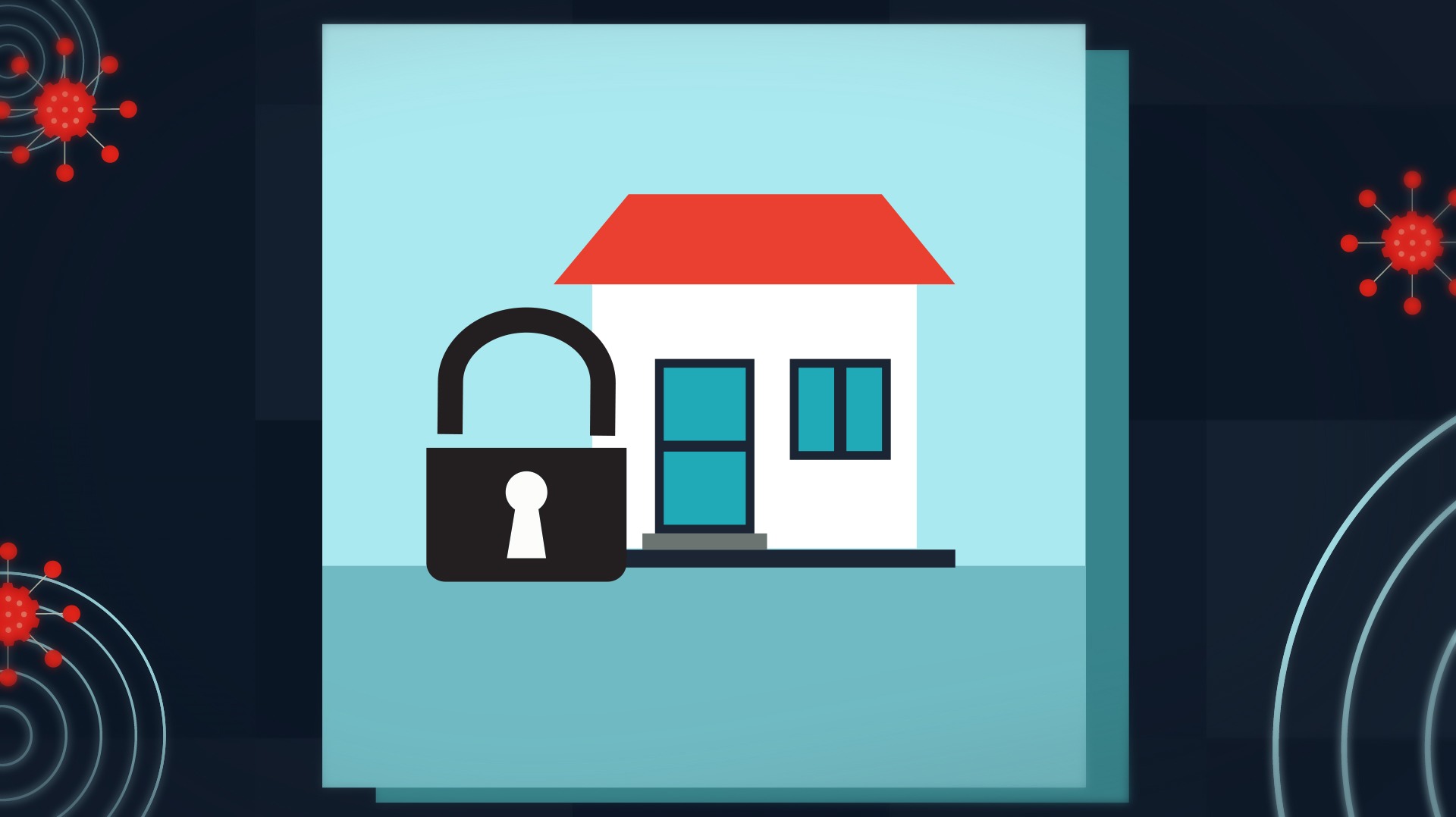In mid-March of this year, I rushed home from Leeds to Belfast, before the university had begun closing.
I suffer from a congenital heart-lung condition which, among other things, means that I am more susceptible to colds and flu, and take longer to recover from them. In the three months before lockdown, I had been labouring with an infection. The risk to my health was increased as my immune system was already compromised. For this reason, I decided to leave my studies early and fly home. I arrived in Belfast on 15th March, and by the 18th, the university had closed completely.
Having come home, I was able to recover, and by May, I was feeling more like myself. By this time, I had received three letters from different medical authorities advising me to stay at home and shield.
“As restrictions eased, I have found various points for anxiety”
For everyone, and particularly those who have been shielding, lockdown has been a difficult time for our mental health, sense of general well-being and security. As restrictions eased, I have found various points of anxiety, one of these being the apparent lack of care taken by the general public to maintain social distancing.

In Northern Ireland, where I live, I was advised that I could begin easing my shielding from 6th July and could stop shielding by 31st July. Meanwhile, by 13th May, people were being allowed out for unlimited exercise. Non-essential shops were opening by 15th June and by the 22nd, travel to Spain was allowed, without UK tourists being expected to quarantine upon their return. By 23rd June there were talks about lessening the social distancing requirement from 2 metres to 1 metre.
All the while, I wasn’t supposed to leave my house. Whilst the regulations rolled out in Northern Ireland and England differ slightly in chronology, these dates are still representative of the fact that many things were many things were returning to ‘normal’ for the majority of people, while others were still shielding.
“For those who were shielding, it seemed as though we were being forgotten.”
This isn’t supposed to be a tragic story. I appreciate the need to boost the economy; however, for those who were shielding, it seemed as though we were being forgotten. It was difficult for me because while I was the person required to shield, my mum, brother and boyfriend all remained at home with me, limiting their contact with others and keeping strictly to social distancing when seeing friends, to protect me.
“Because we were one household, it was as though we were one person suffering from the same condition.”
Meanwhile, outside of our bubble, people were beginning to relax about regulations and create a space I was apprehensive about entering.

What this has taught me is that people very quickly forget about problems that don’t relate to them. My family took the guidelines seriously because they knew first-hand what a lapse in judgement might mean for me. As we all return to university, at-risk students will have to advocate for themselves in an unfamiliar setting and with unknown people. While I’m sure many will have chosen to remain at home this year, I have created a list of ten tips to help advocate for yourself at university – whether online or in-person – to aid the transition back into full-time education.
- Get in touch with charities that support people with your condition. If you feel like the university or government response is lacking, make sure that you are in contact with, or looking at the materials created by your charity to see what support and advocacy they offer.
2. Get hold of a sunflower lanyard. They are available in Tesco, Sainsbury’s, Asda and many more shops and are increasingly becoming a universal symbol in the UK for someone’s medical exemption to mask rules.
3. Contact the university disability services. Disability services are there to advocate on your behalf and put in place relevant measures to make sure you are not set at greater risk or disadvantaged due to your health condition. While you should be automatically referred to them if you applied to Leeds and filled out a Disabled students allowance form, it’s still worth finding out who your designated contact is and introducing yourself. (disability@leeds.ac.uk)
4. Stay aware of the counselling services available on campus. If you are feeling very anxious about your health during this time, there are various services available to you. These include the Student Support Officer in your school, The Chaplaincy (chaplaincy@leeds.ac.uk) or the Union’s Student Counselling and Wellbeing service (scw@leeds.ac.uk).
5. Contact your GP. If you are coming to Leeds, make sure you are registered with a GP in the City.
6. Use the Anxiety UK website resources. They have a section of their website dedicated to corona anxiety and have lots of free resources to help dispel any fears you might have.
7. Speak to your tutors. It may feel awkward bringing up your medical condition with your tutor; however, in my experience tutors are very understanding and appreciate the heads- up.
8. Feel free to ask for extensions or go home if you need to. No work for your degree is worth risking your health over.
9. Finally, make sure you surround yourself with people who take your health seriously and do not put you at risk. While we have to remember that we cannot eliminate all risks; by taking steps to protect yourself as much as possible and making your situation known, you can rest in the knowledge that you have done the best you can to stay as safe as possible.
Header image credit: ITV Hub

